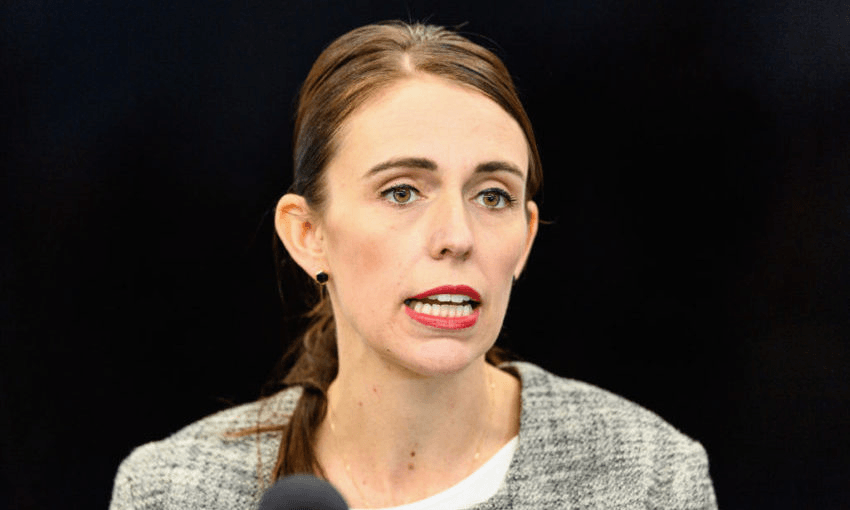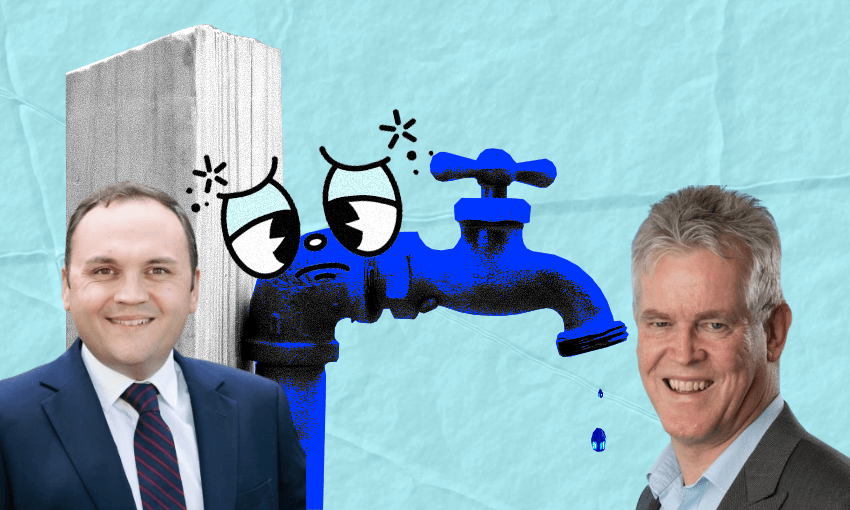A government announcement of more borrowing to fund infrastructure projects got us thinking – where should Grant Robertson splash the cash first?
Cautious incrementalism on infrastructure has gone on long enough – it’s time to go shopping for some brand new toys.
That was the message finance minister Grant Robertson gave the Labour Party conference over the weekend, saying there would be a significant amount of borrowing to bring forward “short and medium term” infrastructure projects. Billions of dollars could be borrowed in the process, and then put towards a range of projects.
We don’t know exactly what they’ll be yet, with more details to be announced later in the month. But looking around the country, and the state of infrastructural neglect, what are some of the things that could end up getting funded?
Here’s a speculative wishlist, some of which might end up getting the nod, and some of which might not. But there’s one thing all of these projects have in common – the best time to get started on them would have years ago. The second best time would be now.
Hospital maintenance and upgrades
In keeping with what has been announced as the first project, ($400 million for school building maintenance and repairs) how about some cash for hospitals? DHBs collectively are sinking under a deficit of more than a billion dollars, with pretty much no fat left to cut to make savings.
Some proper public transport for Tauranga
The big reason why the country has such a massive infrastructure deficit right now is because the population grew way faster than expected. Tauranga is an extreme example of that, going from a small seaside city a few decades ago to now being the 5th biggest in the country. An estimate in 2018 put the cost of bringing public transport in Tauranga into the 21st century at about $3 billion. And as port operations continue to expand, anything that can be done to reduce car numbers and free up the roads for freight is surely a smart approach.
Speaking of which, the Golden Triangle train system could do with a nudge
The first leg of that is inching closer, in the form of a commuter train between Auckland and Hamilton. Forget for a moment that the particular service being rolled out next year is a bit mediocre – it’s not very fast, won’t have many services, won’t have many stops in key growth areas and will terminate at Papakura in South Auckland. Focus instead on the potential to make that – and links between both cities and Tauranga as well – a lot better. These three cities and the space between them is basically going to be the engine of New Zealand’s economic future, so it makes sense to spend a lot on getting it moving.
Start now on the $600 million transmission network upgrades if Tiwai Point closes.
It’s often said that if the government told Tiwai Point aluminium smelter owner Rio Tinto to piss off tomorrow, then a massive amount of renewable energy would be freed up for the rest of the country. But that’s not the case, because there isn’t the ability to get it up to where it would be needed, in the North Island especially. Depending on how Rio Tinto’s strategic review goes, this could become much more important very quickly.
A whole lot of new windmills
Why not really, wind turbines are cool as hell. And we need a lot more of them if there’s ever going to be a chance of creating ‘green hydrogen’ – a potentially extremely useful heavy vehicle fuel if it is produced from renewable energy. You could even do it as some kind of public-private partnership, to entice gentailers (energy generators/retailers) who might be worried about electricity over-production bringing down wholesale prices. Windfarms also tend to work best in more rural areas, meaning skilled jobs for the regions.
Expand the network of cycleways.
True story – putting in a leg of the nationwide cycleway around Ohakune has been massive for the town’s economy. It means there’s a genuine reason for tourists to come in the summer offseason, and it’s a really low-impact form of tourism as well. Cycleways got derided a lot when former PM John Key talked them up, but the network sees more than a million riders a year, so that’s not nothing. This would be a relatively quick, relatively cheap and relatively easy project to knock out early.
Some big rural road upgrades and repairs.
If the government wants to do something about mobility in the provinces, this is pretty much the only thing that will actually work. It’s really easy to forget in cities, where the roads are basically fine – if way too crowded. But take a part of the country like the Tararua District, especially from Dannevirke out to the East Coast. The roads are rooted to the point of being seriously dangerous, and the situation is only going to get worse when the hillsides covered in pine trees need to get harvested – not to mention the regular wear and tear of stock trucks, tourist vans and storms. See also, the ongoing confusion about what is going to happen with the stretch of State Highway between Levin and Ōtaki – as the blob-like Wellington region expands, the population of this area will only increase.
Literally anything that will help deal with the country’s rubbish crisis
With the recently announced increase in landfill levies, now would be a great time to plow truckloads of money into enhanced onshore recycling systems. The developing world is sick of our rubbish, so we have to make this work here – there’s just nowhere else for it to go. Forget about it being economic, until we can actually reduce the amount of rubbish being produced that is just a cost we’ll have to bear. If that becomes a problem, just call it KiwiTrash and nobody will expect it to pay for itself. Technology recycling facilities could also stand to be stepped up – with the global demand for lithium rising rapidly, it is absolutely criminal to throw away technology containing rare earths and valuable components.
Shore up Dunedin’s defences against flooding
With climate change bringing rising sea levels, South Dunedin in particular is going to flood repeatedly, and with increasing severity. Towns in the region, like Mosgiel and Lawrence, will also see this sort of damage, having been prone to flooding in the recent past. Assuming that nobody is willing to simply write these parts of the country off, investing heavily in better drainage systems (and possibly higher sea-walls to boot) will probably end up saving both lives and millions of dollars in the future.






